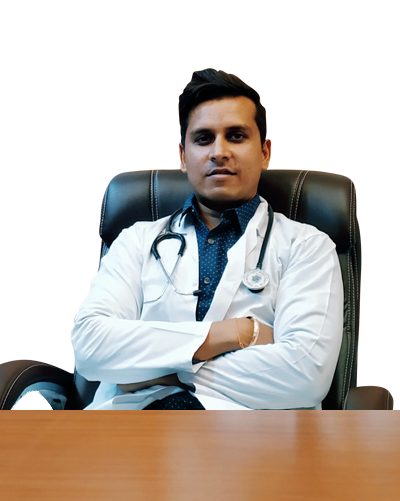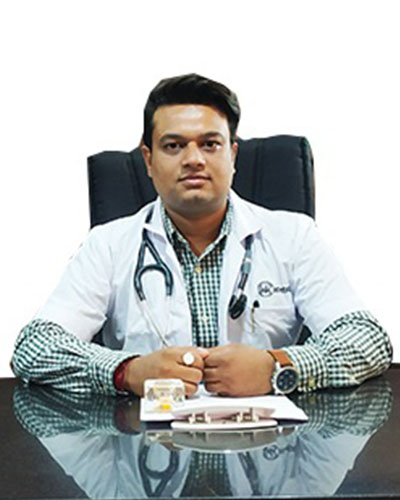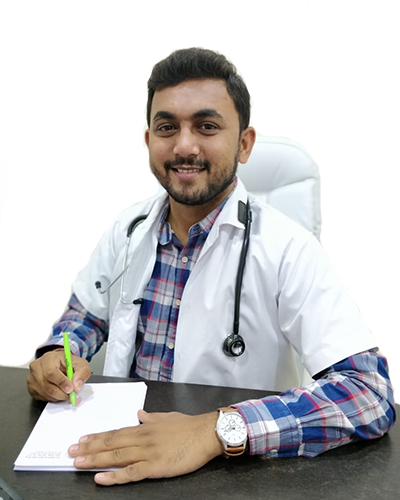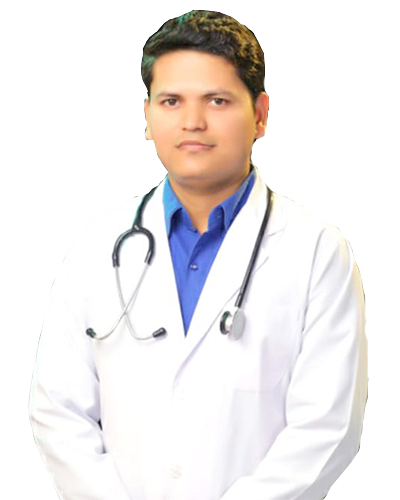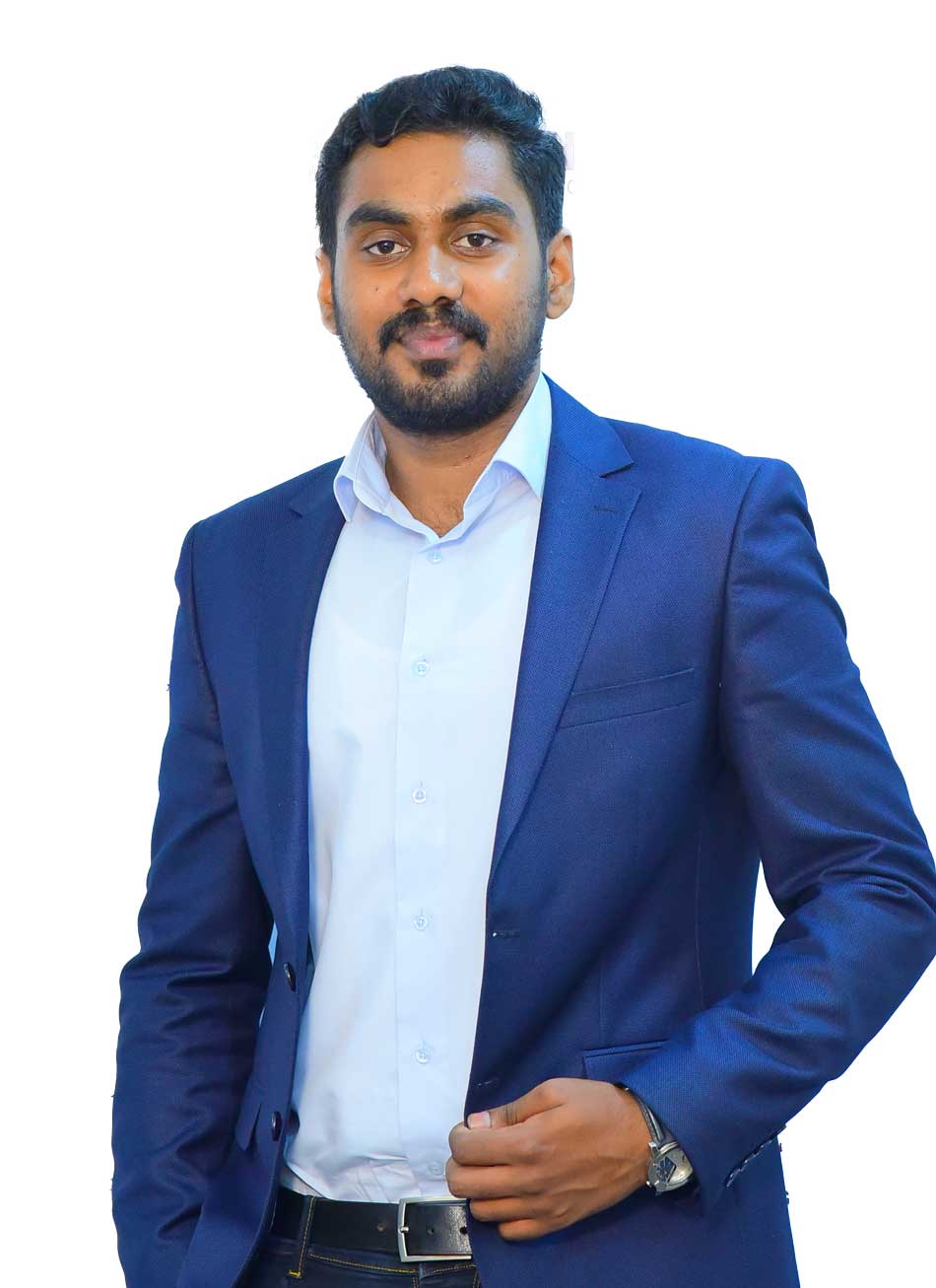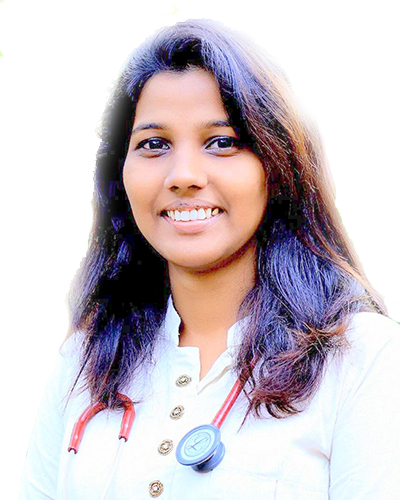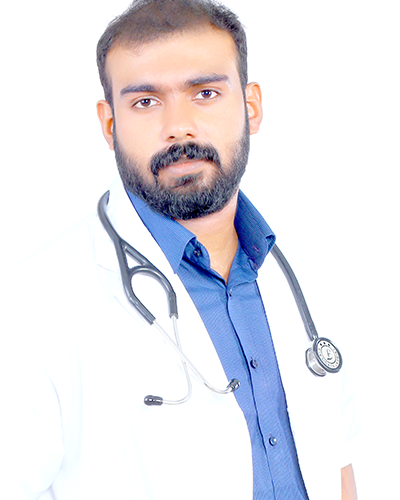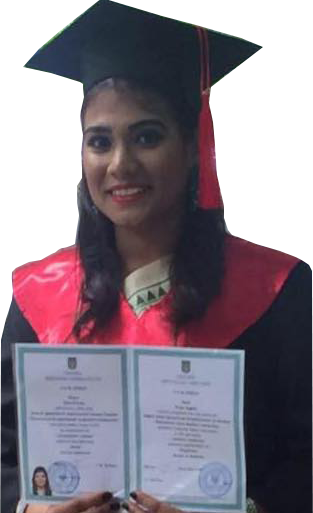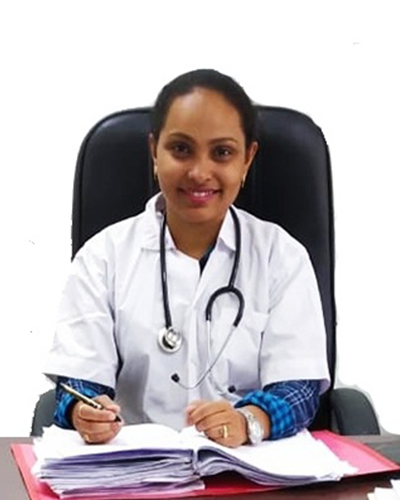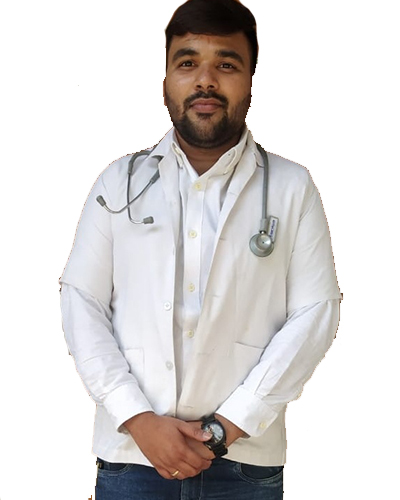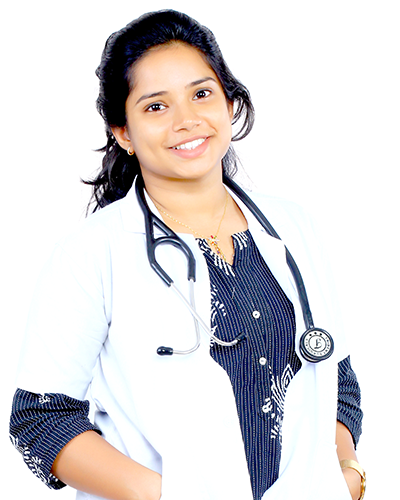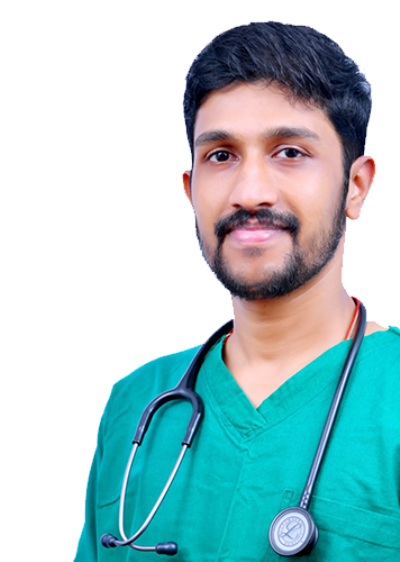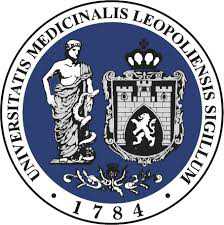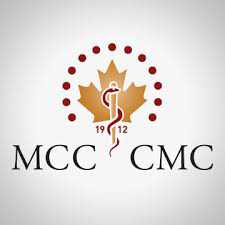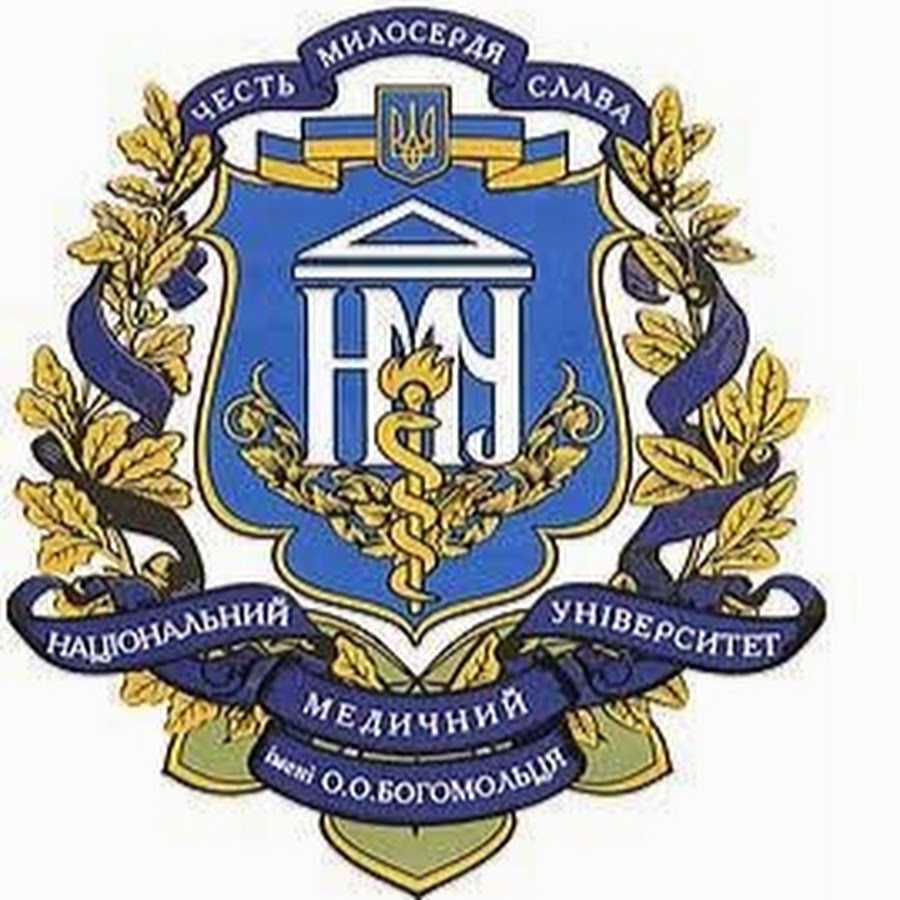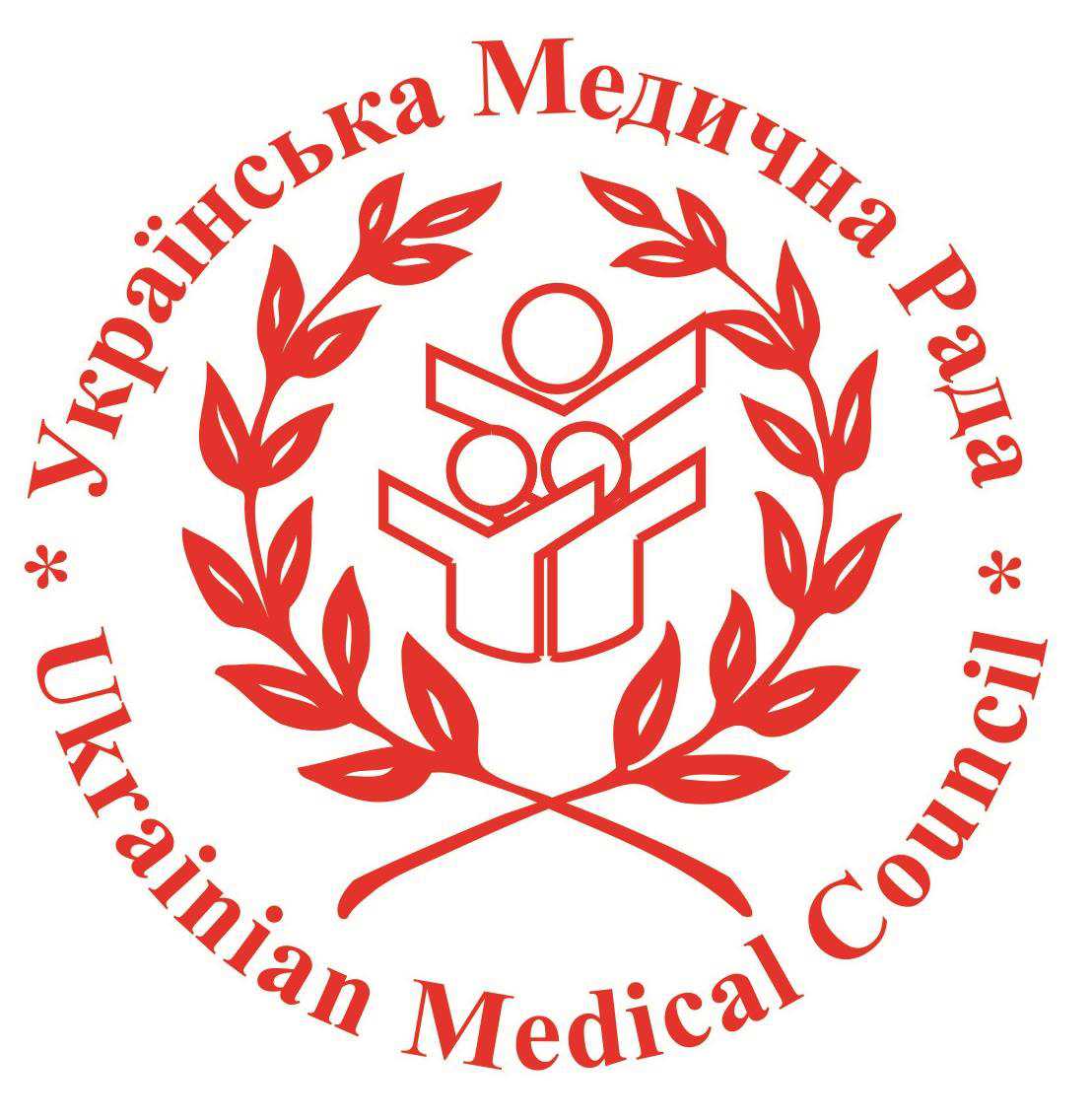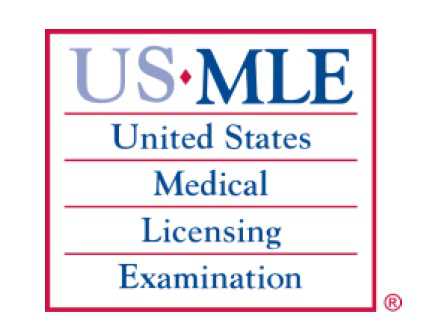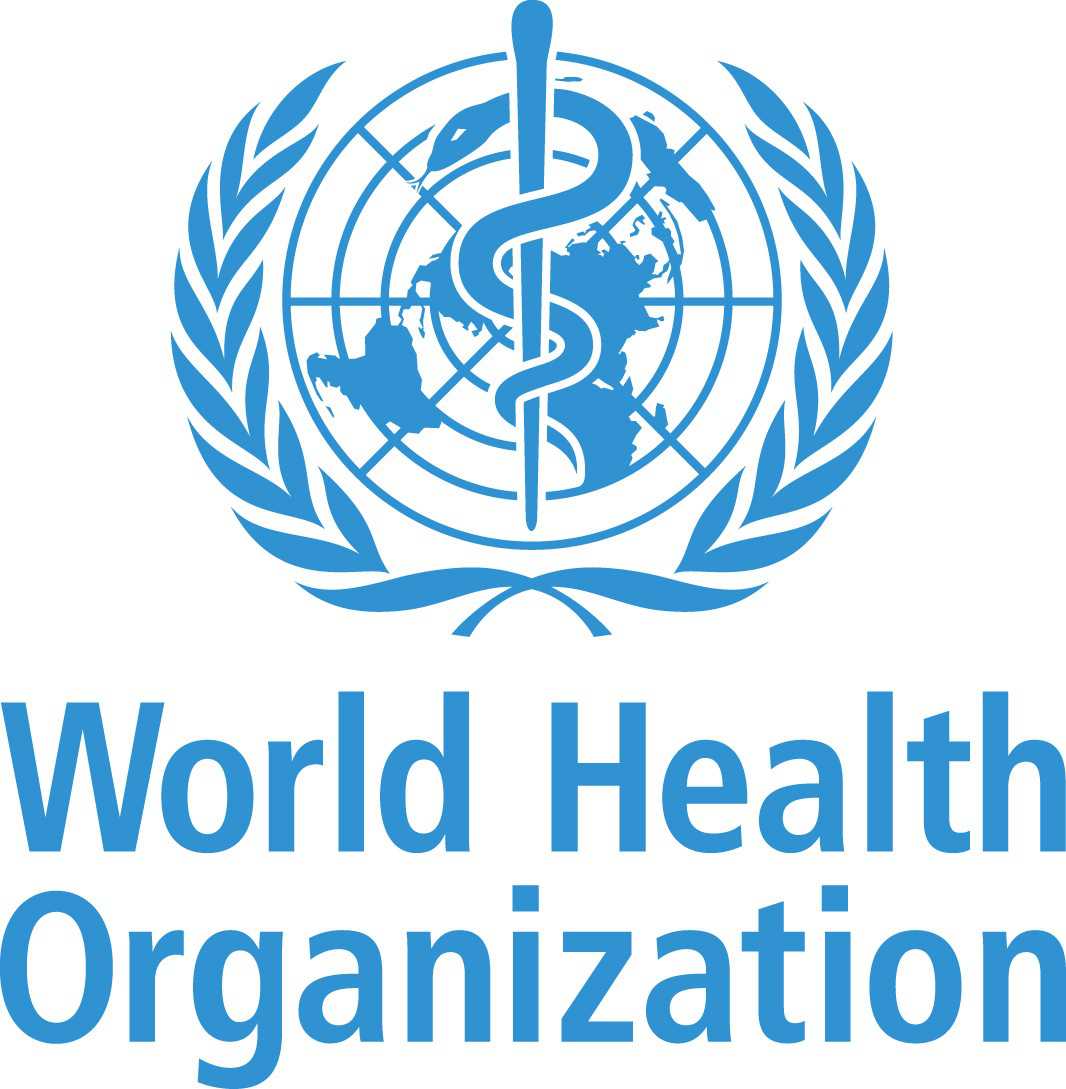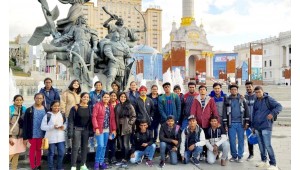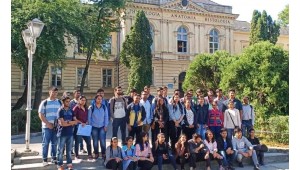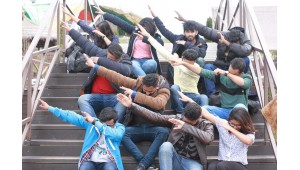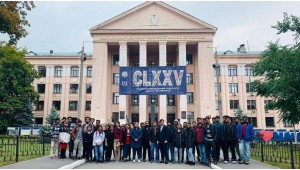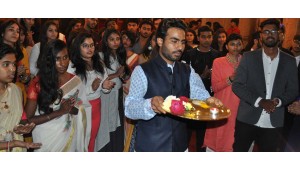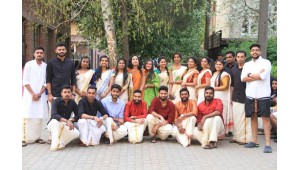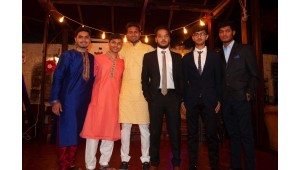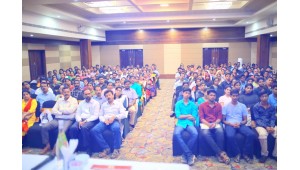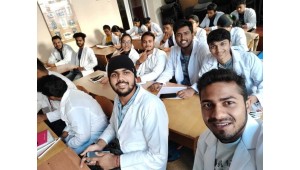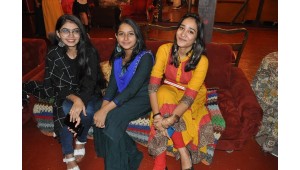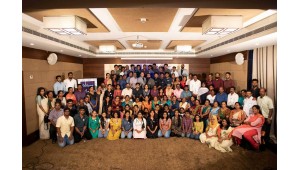BEIJING UNIVERSITY OF CHINESE MEDICINE
LOCATION AND INTERNATIONAL AIRPORT IN THE CITY
LOCATION OF MANIPAL COLLEGE OF MEDICAL SCIENCES, STUDY MBBS IN CHINA
Pokhara 33700, Nepal
MAP LOCATION
We MBBSUNIVERSITIES.COM guarantee you admission in the best medical colleges of CHINA with the best fee package.
We the team of doctors in MBBSUNIVERSITIES.COM had enough research through the medical colleges in CHINA and we will guide you to select the colleges for MBBS in CHINA
We guarantee you the cheapest package and minimum consultancy charges for MBBS in BEIJING UNIVERSITY OF CHINESE MEDICINE in CHINA is Recognised by WHO and Medical council of India, we are the No. 1 MBBS admission In Abroad Education guideline providers in India because we are doctors not agents. Just call our doctors because doctors can guide students better than agents - 1800-123-5619
They will give you information to select the Best Universities & be Your Complete Guide
They will provide you Step-by-step Guide for MBBS in Abroad and will help you to get DIRECT ADMISSION IN MBBS in TOP MEDICAL COLLEGE IN CHINA,BEIJING UNIVERSITY OF CHINESE MEDICINE
ABOUT THE COUNTRY - CHINA
China, officially the People's Republic of China (PRC), is a country in East Asia and the world's most populous country, with a population of around 1.404 billion. Covering approximately 9,600,000 square kilometers (3,700,000 sq mi), it is the third- or fourth-largest country by total area. Governed by the Communist Party of China, the state exercises jurisdiction over 22 provinces, five autonomous regions, four direct-controlled municipalities (Beijing, Tianjin, Shanghai, and Chongqing), and the special administrative regions of Hong Kong and Macau
China emerged as one of the world's earliest civilizations, in the fertile basin of the Yellow River in the North China Plain. For millennia, China's political system was based on hereditary monarchies, or dynasties, beginning with the semi-legendary Xia dynasty in 21st century BCE. Since then, China has expanded, fractured, and re-unified numerous times. In the 3rd century BCE, the Qin reunited core China and established the first Chinese empire. The succeeding Han dynasty, which ruled from 206 BC until 220 AD, saw some of the most advanced technology at that time, including papermaking and the compass, along with agricultural and medical improvements. The invention of gunpowder and movable type in the Tang dynasty (618–907) and Northern Song (960–1127) completed the Four Great Inventions. Tang culture spread widely in Asia, as the new Silk Route brought traders to as far as Mesopotamia and Horn of Africa. Dynastic rule ended in 1912 with the Xinhai Revolution, when a republic replaced the Qing dynasty.
Since the introduction of economic reforms in 1978, China's economy has been one of the world's fastest-growing with annual growth rates consistently above 6 percent. As of 2016, it is the world's second-largest economy by nominal GDP and largest by purchasing power parity (PPP). China is also the world's largest exporter and second-largest importer of goods. China is a recognized nuclear weapons state and has the world's largest standing army and second-largest defense budget. The PRC is a permanent member of the United Nations Security Council as it replaced the ROC in 1971, as well as an active global partner of ASEAN Plus mechanism. China is also a leading member of numerous formal and informal multilateral organizations, including the Shanghai Cooperation Organization (SCO), WTO, APEC, BRICS, the BCIM, and the G20. In recent times, China has been widely characterized as a global superpower.
FOREIGN RELATIONS OF CHINA.
The PRC has diplomatic relations with 175 countries and maintains embassies in 162 countries. In 1971, the PRC replaced the Republic of China as the sole representative of China in the United Nations and as one of the five permanent members of the United Nations Security Council. China was also a former member and leader of the Non-Aligned Movement, and still considers itself an advocate for developing countries.] Along with Brazil, Russia, India and South Africa, China is a member of the BRICS group of emerging major economies and hosted the group's third official summit at Sanya, Hainan in April 2011.
EMERGING SUPERPOWER STATUS
China is regularly hailed as a potential new superpower, with certain commentators citing its rapid economic progress, growing military might, very large population, and increasing international influence as signs that it will play a prominent global role in the 21st century. Others, however, warn that economic bubbles and demographic imbalances could slow or even halt China's growth as the century progresses.
ECONOMY
China had the largest economy in the world for most of the past two thousand years, during which it has seen cycles of prosperity and decline. Since economic reforms began in 1978, China has developed into a highly diversified economy and one of the most consequential players in international trade. Major sectors of competitive strength include manufacturing, mining, steel, textiles, automobiles, energy generation, banking, electronics, telecommunications, real estate, e-commerce, and tourism. As of 2017, China has the world's second-largest economy in terms of nominal GDP, totalling approximately US$12.014 trillion according to the International Monetary Fund. In terms of purchasing power parity (PPP) GDP, China's economy has been the largest in the world since 2016. It ranks behind over 70 countries (out of around 180) in per capita economic output, making it a middle income country. Additionally, its development is highly uneven. Its major cities and coastal areas are far more prosperous compared to rural and interior regions
China is a member of the WTO and is the world's largest trading power, with a total international trade value of US$3.87 trillion in 2012.] Its foreign exchange reserves reached US$2.85 trillion by the end of 2010, an increase of 18.7% over the previous year, making its reserves by far the world's largest. In 2012, China was the world's largest recipient of inward foreign direct investment (FDI), attracting $253 billion. In 2014, China's foreign exchange remittances were $US64 billion making it the second largest recipient of remittances in the world. China also invests abroad, with a total outward FDI of $62.4 billion in 2012, and a number of major takeovers of foreign firms by Chinese companies.] China is a major owner of US public debt, holding trillions of dollars worth of U.S. Treasury .
LANGUAGES.
There are as many as 292 living languages in China. The languages most commonly spoken belong to the Sinitic branch of the Sino-Tibetan language family, which contains Mandarin (spoken by 70% of the population),] and other varieties of Chinese language: Yue (including Cantonese and Taishanese), Wu (including Shanghainese and Suzhounese), Min (including Fuzhounese, Hokkien and Teochew), Xiang, Gan and Hakka. Languages of the Tibeto-Burman branch, including Tibetan, Qiang, Naxi and Yi, are spoken across the Tibetan and Yunnan–Guizhou Plateau. Other ethnic minority languages in southwest China include Zhuang, Thai, Dong and Sui of the Tai-Kadai family, Miao and Yao of the Hmong–Mien family, and Wa of the Austroasiatic family. Across northeastern and northwestern China, local ethnic groups speak Altaic languages including Manchu, Mongolian and several Turkic languages: Uyghur, Kazakh, Kyrgyz, Salar and Western Yugur. Korean is spoken natively along the border with North Korea. Sarikoli, the language of Tajiks in western Xinjiang, is an Indo-European language. Taiwanese aborigines, including a small population on the mainland, speak Austronesian languages.
Standard Mandarin, a variety of Mandarin based on the Beijing dialect, is the official national language of China and is used as a lingua franca in the country between people of different linguistic backgrounds.
EDUCATION
Beijing's Tsinghua University, one of the top-ranked universities in China
Since 1986, compulsory education in China comprises primary and junior secondary school, which together last for nine years. In 2010, about 82.5 percent of students continued their education at a three-year senior secondary school. The Gaokao, China's national university entrance exam, is a prerequisite for entrance into most higher education institutions. In 2010, 27 percent of secondary school graduates are enrolled in higher education. This number increased significantly over the last years, reaching a tertiary school enrollment of 48.4 percent in 2016. Vocational education is available to students at the secondary and tertiary level
RELIGION
The government of the People's Republic of China officially espouses state atheism, and has conducted antireligious campaigns to this end. Religious affairs and issues in the country are overseen by the State Administration for Religious Affairs. Freedom of religion is guaranteed by China's constitution.
Chinese folk belief, 16% are Buddhists, 2% are Christians, 1% are Muslims, and 8% adhere to other religions including Taoists and folk salvationism. In addition to Han people's local religious practices, there are also various ethnic minority groups in China who maintain their traditional autochthone religions.
FAMOUS PLACES IN CHINA.
-
The Great Wall of China in Beijing — World’s Longest Wall.
-
The Terracotta Army in Xi'an — 2,000-Year-Old Underground Army.
-
The Forbidden City in Beijing — Imperial Palace for 24 Emperors.It was once a "palace city"
-
The Bund in Shanghai — Stunning Skyline, Colonial Architecture.
ABOUT THE CITY
Beijing was earlier known as speaking to the English. It is now the capital of China. One of the four great ancient capitals of China, Beijing is not only one of the political epicenters but also an educational and a cultural hub of the world. Besides this bustling second largest Chinese metropolis after Shanghai is also a principal commutation center. A network of routes – air, rail, and road – pass via this city. While the political capital of the People’s Republic of China is Beijing, the economic capitals of the country are Shanghai and Hong Kong. Beijing was also the venue of the 2008 Olympics Games.
The International School of Beijing University of Chinese Medicine (BUCM) is located in the capital city of Beijing, China’s economic, cultural, educational, scientific and technological, and international communication centre. The school values academic excellence and encourages success and innovation.Beijing is an important world capital and global power city, and one of the world's leading centers for politics, economy and business, finance, education, culture, innovation and technology, architecture, language, and diplomacy. A megacity, Beijing is the second largest Chinese city by urban population after Shanghai and is the nation's political, cultural, and educational center. It is home to the headquarters of most of China's largest state-owned companies and houses the largest number of Fortune Global 500 companies in the world, as well as the world's four biggest financial institutions. It is also a major hub for the national highway, expressway, railway, and high-speed rail networks. The Beijing Capital International Airport has been the second busiest in the world by passenger traffic since 2010, and, as of 2016, the city's subway network is the busiest and second longest in the world.
Combining both modern and traditional architecture, Beijing is one of the oldest cities in the world, with a rich history dating back three millennia. As the last of the Four Great Ancient Capitals of China, Beijing has been the political center of the country for most of the past eight centuries, and was the largest city in the world by population for much of the second millennium A.D. Encyclopædia Britannica notes that "few cities in the world have served for so long as the political headquarters and cultural center of an area as immense as China." With mountains surrounding the inland city on three sides, in addition to the old inner and outer city walls, Beijing was strategically poised and developed to be the residence of the emperor and thus was the perfect location for the imperial capital. The city is renowned for its opulent palaces, temples, parks, gardens, tombs, walls and gates. It has seven UNESCO World Heritage Sites—the Forbidden City, Temple of Heaven, Summer Palace, Ming Tombs, Zhoukoudian, and parts of the Great Wall and the Grand Canal— all popular locations for tourism.[22] Siheyuans, the city's traditional housing style, and hutongs, the narrow alleys between siheyuans, are major tourist attractions and are common in urban Beijing. Many of Beijing's 91 universities consistently rank among the best in China, such as the Peking University and Tsinghua University. Beijing CBD is a center for Beijing's economic expansion, with the ongoing or recently completed construction of multiple skyscrapers. Beijing's Zhongguancun area is known as China's Silicon Valley and a center of innovation and technology entrepreneurship.
CLIMATE
The four seasons in Beijing are distinct. It is dry, windy and sandy in spring and hot and rainy in summer. Autumn is the best season in a year when the sky is blue; the air is crisp, mild and humid. However, winter is cold and dry with little snow. The average temperature throughout a year is 11.7 degrees Celsius. The average temperatures of the hottest month, July and the coldest month January range from 27 degrees Celsius and -4.6 degrees Celsius. The shorter seasons, spring (usually from February to April) and autumn (usually from August to October) are better seasons for visiting Beijing when it is sunny and warm with few tourists crowding in the attractions.
ABOUT THE COLLEGE
Teaching language : English
Duration : 6 years
Beijing University of Chinese Medicine is a university in Beijing, China. Founded in 1956 the Beijing University of Chinese Medicine is one of the earliest established traditional Chinese medical institutions for higher learning in the People Republic of China. It is a traditional Chinese medical higher learning institution that has a place in the 211 Project for national development. The former Beijing University of Chinese Medicine and the former Beijing College of Acupuncture, Orthopedics and Traumatology merged into the new Beijing University of Chinese Medicine on July 31, 2000, and became a priority university directly under the supervision of the Ministry of Education. It is a Chinese Ministry of Education Double First Class Discipline University, with Double First Class status in certain disciplines.
Beijing University of Chinese Medicine plays a leadership role in the field of Chinese medicine education, TCM development and research, on a national level. For international students, it provides the highest level Chinese medicine education which is taught by the most talented and deeply knowledgeable Chinese medicine professors and doctors. It also offers a diversity of courses, well-designed curriculums, advanced Chinese medicine seminars, vast extra-curricular activities and clinical internships with the top Chinese medicine clinics and hospitals in Beijing. With its culturally sensitive and progressive staff, outstanding domestic and international students, along with its rich and beautiful campus environment, there are many opportunities for professional and personal development.
Beijing University of Chinese Medicine has a long history of international development and educating foreign students. This has transformed Beijing University of Chinese Medicine into the premier university to educate foreigners in the field of Chinese medicine. Beijing University of Chinese Medicine provides Chinese and English taught program in Chinese Medicine for international students. It aims to train advanced clinical doctors of Chinese medicine with professional knowledge and skills to do clinical work with high efficiency guided by thoughts of Chinese medical diagnosis and treatment.
The International School of Beijing University of Chinese Medicine (BUCM) is located in the capital city of Beijing, China’s economic, cultural, educational, scientific and technological, and international communication centre. The school values academic excellence and encourages success and innovation. It attracts the best students from all over the world coming to China to study Chinese Medicine, and trains them to be outstanding professionals to be of service to the community. After nearly 60 years of development, the International School of BUCM has become the best international educational institution of Chinese Medicine in China.
Academic features:
This program is to train students to grasp professional knowledge of both Chinese and Western medicine as well as practical skills. Students will have the basic ability to apply the two treatments in combination, which will contribute to Chinese Medicine prevention, treatment, health care, recovery, education, science and research and administrative duties in medical institutions. During the study period, teachers will apply different teaching strategies, such as lecturing, group discussion, clinical demonstration, modal presentation, skill training, clinical practice, social involvement, etc.
The courses in this program: Diagnostics of traditional Chinese Medicine, Chinese Herbology, Pharmacology of Traditional Chinese Medical Formulae, Shang-Han-Lun, Jin-Gui-Yao-Lue, Wen-Bing-Xue, Traditional Chinese Pharmacology, Pathology, Anatomy, Histology and Embryology, Instructions to Biomedical Engineering, Chinese Internal Medicine (including Infectious Disease), Emergency Treatment, Traditional Chinese Gynecology, Traditional Chinese Pediatrics, Traditional Chinese Chirurgery, Acupuncture, etc.
AIMS & OBJECTIVES
The primary aim of the Beijing University of Chinese Medicine is to groom the medical professionals on the traditional Chinese medicine (TCM) and dovetail it to the needs of the modern society. One of the prime objectives of BUCM is to encourage scientific research on the TCM treasure trove so that these Oriental medicines can be utilized in today’s medical treatment sector. There has been a growing trend in the demand to explore the time-tested TCM medicines.
ABOUT THE CAMPUS
This oldest seat of TCM is spread over a sprawling area of 25.3 million sq meters. True to the Oriental touch, the campus of Beijing University of Chinese Medicine is surrounded by green woods and flowers. The entire region is a rich ecosystem hosting a varied range of exotic flora and fauna.
ABOUT THE PROGRAMS
The Beijing University of Chinese Medicine today has a wide range of diverse programs including Chinese languages, economics, education, law, literature, management, medicine among others. Its undergraduate courses total 5950, master courses 688, and research avenues in 356 areas.
ABOUT THE FACULTY
STUDENT SUPPORT BASIS
BUCM has a well-developed faculty-student support base whereby both can avail of the all the campus facilities that cater to all aspects of academic pursuits.
WI-FI CAMPUS
The Wi-Fi sprawling campus of the Beijing University of Chinese Medicine has the well-developed trunk interactive net service including the platforms for teaching pooled on multimedia courses.
LIBRARY
The institution’s well-equipped library has more than 44700 periodicals and books. The homepage of the university has a user-friendly detailed backup on all the services offered by the library. It further takes you to the catalogue section. There are other quality resources as well.
Academic & Department
-
College of Basic Medicine
-
College of the First Clinical Medicine
-
College of the Second Clinical Medicine
-
College of Pharmacy
-
College of Nursing [li]College of International Education
-
School of Economy and Commercial Management
-
School of Foreign Languages
-
School of Information Technology
-
School of Psychology
-
School of Humanities and Social Sciences
LOCATION :
Beijing is the capital of the People's Republic of China. It covers 16,807.8 square kilometers. Mountainous areas occupy 10,417.5 square kilometers, accounting for 62% of the city's landmass. The rest, 6390.3 square kilometers or 38% of the total, are flatland. The municipality governs 14 urban districts and 4 rural counties.
Although now Beijing is a modern and fashionable city complete with a full 21st Century vitality, you can experience authentic Beijing life and become acquainted with 'old Beijing' by exploring its many teahouses, temple fairs, Beijing's Hutong and Courtyard and enjoy the Peking Opera.
With the biggest central square in the world - Tiananmen Square, the Forbidden City that is the largest and best-preserved imperial palace complex, a superbly preserved section of the Great Wall, as well as the largest sacrificial complex in the world - the Temple of Heaven, Beijing attracts both domestic and foreign visitors who all come to wonder at its century-old history and unique cultural relics.
The Capital Airport, for both international and domestic flights, is located 27 kilometers (16.8miles) north of the city center.
Airport: Beijing Capital International Airport (PEK)
FEE STRUCTURE OFBEIJING UNIVERSITY OF CHINESE MEDICINE 2019. Study MBBS in BEIJING UNIVERSITY OF CHINESE MEDICINE.
We Will Upload Complete 2019 Fee Structure!
We Are At Your Service.
ABOUT THE ACCOMODATION
|
Room Type |
Rates |
Separate Toilet |
Separate Bathroom |
Broadband Internet Access |
Landline |
Air Conditioner |
Other |
|
Single Room |
70/day room |
Yes |
Yes |
Yes |
Yes |
Yes |
west compus front building |
|
Double Room |
60/day room |
No |
No |
Yes |
Yes |
Yes |
west compus back building |
|
Double Room |
100/day room |
Yes |
Yes |
Yes |
Yes |
Yes |
east compus |
Admission Procedure
Eligibility
-
Foreign citizens, who are not of Chinese nationality according to the nationality law of the People's Republic of China, with good moral character and in good health, and have obtained a high school diploma or above.
-
Outstanding academic performance
-
Age 18 or above (by September 1, 2019). For applicants under 18, please bring along relevant supporting documents during the official registration.
-
Applicants who have given up the original Chinese citizenship and become foreign citizens must meet the conditions set out in the Document No.83 (2009) of the Ministry of Education of the PRC.
Application Procedures
Submit application documents → Assessment of documents by BUCM → Receive the acceptance letter, Foreign Students VISA Application Form and JW202 form → Apply for VISA at the Chinese embassy of the student’s country of origin → Arrive at school
Application Documents
Compulsory Documents
-
A photocopy of the passport’s information page
-
BUCM Application Form for International Students (please refer to the attachment)
-
Photocopies of the student’s latest qualification certificate (The original document and translated documents in Chinese or English)
-
Academic performance. Supporting documents including, but not limited to, the following should be provided:
-
Photocopies of High school/University (if applicable) transcript (The original document and translated documents in Chinese or English)
-
Certificate of National/Regional Graduation Examination/Matriculation Examination
-
Other supporting materials
Optional Documents
-
Personal Statement
-
Recommendation letter/s
-
Relevant certificates for talent and skills (Level certificates or Honor certificates)
-
Financial proof
NEET compulsion for MBBS in Abroad
Qualifying the National Eligibility cum Entrance Test (NEET) is mandatory for students seeking to pursue MBBS courses from foreign medical institutions, the Medical Council of India (MCI) has declared via a public notice on March 8, 2018.
The information, which had already been made public earlier by the Ministry of Health and Family Welfare (MoHFW) during the time of the release of the NEET notification in February 2018, has now been officially confirmed through the MCI notice. As per the MCI, the existing practice of issuing eligibility certificate to candidates desirous of pursuing MBBS abroad will be done away with from June 1, 2018, onwards and the result of NEET will be treated as the new eligibility certificate from thereon.
The notification clarifies that the new rule has been introduced by the MCI with approval from the Ministry of Health and Family Welfare, Government of India. The ‘Screening Tests Regulations 2002’ and ‘Eligibility Requirement for Taking Admissions in an undergraduate medical course in Foreign Medical Institution Regulation, 2002’, which lay down the rules and regulations for candidates seeking to pursue or who already possess MBBS qualification from abroad, have been accordingly amended by the MCI.
The Central Board of Secondary Education (CBSE), the exam conducting body of NEET 2018, has published the MCI notice on its website on March 10, 2018, for the reference of NEET 2018 aspirants.
What Does MCI Notice Regarding NEET state?
“Public at large is hereby informed that in terms of Clause 4(2A) of the ‘Screening Test Regulation, 2002’ and Clause 8(iv) of the ‘Eligibility Requirement for Taking Admission in an undergraduate medical course in a Foreign Medical Institution Regulation, 2002’, an India National/Overseas Citizen of India who are desirous for taking admission in MBBS or its equivalent medical course in a medical University/College/Institute outside the country on or after 1st June, 2018 shall have to mandatorily qualify the NEET,” the notice reads. The notice further informs that “the requirement of Eligibility Certificate in respect of such person(s) who would take admission in MBBS or equivalent medical course in a medical university outside the country on or after 1st June, 2018, has been dispensed off. The result of the NEET for admission to MBBS Course shall deem to be treated as Eligibility Certificate for such persons.”
NEET Qualification certificate is the new 'eligibility certificate' for students dreaming of MBBS abroad
As per the previous MCI regulations, candidates seeking to study MBBS or equivalent medical courses from abroad were required to obtain an eligibility certificate from MCI if they wished to come back to India for practicing medicine. No candidate without an eligibility certificate from MCI was allowed to appear for Foreign Medical Graduate Examination (FMGE) screening test through which Indian nationals with foreign medical qualfications are granted permission to practice in India.
Now, with the introduction of new changes in MCI regulations, the earlier requirement of obtaining eligibility certificate has been dispensed off and NEET qualification status will be treated as the MCI eligibility certificate for a student seeking admission in MBBS abroad.
What are NEW REGULATIONS of MEDICAL COUNCIL OF INDIA
The Ministry of Health and Family Welfare (MoHFW) earlier clarified that this new rule of mandatorily qualifying NEET for admission to MBBS courses in abroad is not applicable to students who are already pursuing MBBS or equivalent degrees from outside India. “Students who have already taken admission under current regulations to pursue primary medical course by taking Eligibility Certificate from MCI are exempted from qualifying NEET”, stated the clarification note released by MoHFW on February 22, 2018.
The new MCI regulations making NEET mandatory for pursuing MBBS abroad will only be applicable to students seeking to pursue MBBS or equivalent qualification from abroad on or after June 1, 2018. Students who are already pursuing or have gotten admission in foreign medical institutions need not worry about qualifying NEET as long as they have the eligibility certificate issued by MCI.
Free MCI/ FMGE Screening test coaching (FMGE exam preparation at cheapest cost)
Who can Guide you best for FMGE/MCI Screening Test?
Doctors who are registered with MCI
Education consultants
Agents
Freelancing admission agencies
Students studying Abroad
We offer a free* online test series in partnership with the most well-known professors and institutes
Our teaching pattern
-
Topic wise test for all the 19 subjects, student can practice after finishing the topic to assess herself/himself.
-
Subject wise test for all the 19 subjects, student can practice after finishing the topic to assess herself/himself.
-
MCI/FMGE screening test pattern test (full question paper of 300 questions).
-
All question papers will be with time limit as in real time MCI/FMGE screening test.
-
Every time student appears for FMGE paper at our online portal they will feel as they are appearing for real MCI/FMGE screening test, this builds confidence in a student.
-
We give regular ranking according to country, university & overall, so the student can assess where he/she stands exactly.
-
All toppers get lot of study material for free.
-
Once a paper is finished you can recheck it anytime throughout your prescribed time.
-
Answer key is provided with explanation, gives an opportunity to understand better.
-
Our automatic reminding system will help you with making time table for how to study for MCI/FMGE screening test.
-
Every month you will get few hours to interact with doctors, so they can guide you regarding, how to pass MCI/FMGE screening test easily
-
We update our question bank every 6 months to ensure students get the latest questions to practice and pass MCI/FMGE screening test easily
-
Our lectures for all the 19 subjects are recorded by the top-notch faculty teaching for MCI/FMGE screening test from last 16 years from 2002 when MCI/FMGE screening test regulation was passed by Government of India
Studying at best university but finding it hard to pass MCI/FMGE screening test though you are studying in one of the best MBBS in Abroad Medical University and you are still finding it hard to study or revise your curriculum for MCI/FMGE screening test don’t get stressed we at MBBSUNIVERSITIES.com will help you to achieve your goal of becoming a world class doctor and passing MCI/FMGE screening test
Services provided by MBBSUNIVERSITIES.com
MBBSUNIVERSITIES.com is the best consultancy for MBBS admissions and is known for its professional approach. We guarantee admissions to the students who meets the eligibility criteria and provides us with passport and required documents at the right time. Depending on the eligibility criteria, he/she can take admission in
Philippines,
Bangladesh,
China,
Russia,
Kazakhstan,
Kyrgyzstan or
Ukraine through us.
Our doctors are skilled enough to give parents and students the best guidance they deserve, we will share our experience from how to decide a country and university & how to study for MCI/FMGE screening test, here you will get transparent information from those doctors who were once students, they will give you not only true information about MBBS Abroad but they will give information about real experience that they faced and overcome during their journey of becoming a doctor.
With offices in more than 100 cities we are always in reach of parents and students to provide them with the best and transparent services. Our mission is to provide real information to the medical aspirants who are wishing to pursue MBBS in Abroad, we understand parents put there hard earned money on stake when deciding MBBS abroad University for students that is why we give them true and transparent information that helps them take a better decision.
MCI APPROVED COLLEGES IN NEPAL
-
Kathmandu University
-
Tribhuvan University
-
Patan Academy of Health Sciences
-
B.P Koirala Institute of Health Sciences

